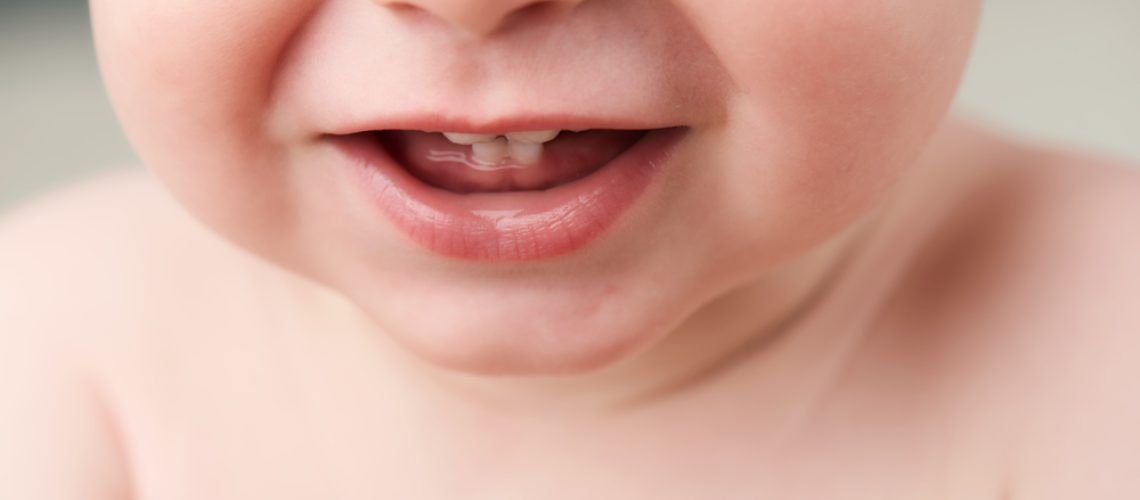Teething is a significant milestone in a child’s development, often accompanied by discomfort and anxiety. At Kids World Pediatric Dentistry in San Antonio, Dr. Marielena Torres-Ricart offers expert guidance to help parents navigate this phase with ease. This blog post discusses common teething symptoms and effective ways to alleviate discomfort.
Recognizing the Signs of Teething
Teething typically begins around 6 months of age, but it can vary. Common symptoms include:
- Gum Swelling and Tenderness: Gums may look redder and feel tender.
- Drooling: Increased saliva production is a hallmark of teething.
- Irritability: Discomfort can make babies fussier than usual.
Effective Ways to Soothe Teething Discomfort
There are several methods to provide relief to your teething child:
- Teething Rings: Chilled (not frozen) teething rings can be soothing. The cold helps numb the gums and reduces swelling.
- Gentle Gum Massage: Clean fingers or a soft, wet cloth can be used to gently rub your baby’s gums. The pressure can ease your baby’s discomfort.
- Safe Pain Relief: If your baby is especially uncomfortable, consult Dr. Torres-Ricart or your pediatrician about using children’s pain relievers.
What to Avoid During Teething
It’s crucial to avoid certain teething remedies:
- Avoid Teething Tablets and Gels with Benzocaine: The FDA advises against using teething creams or tablets that contain benzocaine for children younger than 2 years.
- No Frozen Objects: Items that are too hard or too cold can harm your baby’s gums.
The Importance of Oral Care During Teething
Teething is the perfect time to establish good oral hygiene habits. Gently cleaning your baby’s mouth with a soft, damp cloth after feedings can help keep gums and emerging teeth clean. This practice not only helps in soothing tender gums but also removes any food particles or milk residue, which can contribute to the buildup of bacteria. Introducing a baby-friendly toothbrush as soon as the first tooth appears is also essential. Use a small, soft-bristled brush with just a smear of fluoride toothpaste to gently brush their teeth. This early introduction to brushing will not only help in keeping their new teeth clean but also sets the stage for a lifelong commitment to oral hygiene. Remember, good habits formed early are habits that last a lifetime. Regular oral care during teething also paves the way for healthier teeth as your child grows, potentially reducing the likelihood of cavities and other dental problems in the future.
When to See a Dentist
It’s recommended to schedule your baby’s first dental visit by their first birthday. Dr. Torres-Ricart can check for any early dental issues and provide personalized advice on teething and oral care.
Long-term Dental Care Following Teething
After teething, the focus shifts to maintaining healthy teeth. Services like preventive care and fluoride treatments at Kids World Pediatric Dentistry play a crucial role in ensuring long-term dental health.
Why Choose Kids World Pediatric Dentistry for Your Teething Child
At Kids World Pediatric Dentistry, we understand the challenges of teething and are dedicated to supporting families through this phase. Dr. Torres-Ricart’s expertise and gentle approach make her a trusted partner for parents in San Antonio.
For guidance on teething or to schedule a visit, contact us at 210-787-1200.
Sources
- American Academy of Pediatric Dentistry – Teething Guidance
- Journal of Pediatric and Neonatal Care – Teething Symptoms and Management
- San Antonio Pediatric Dental Health Survey – Trends in Teething and Oral Care

